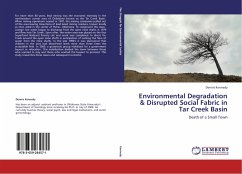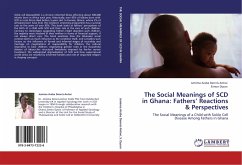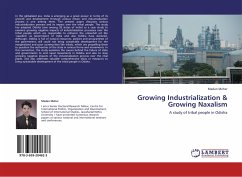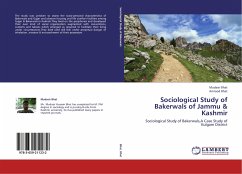For more than 80 years, lead mining was the economic mainstay in the northeastern corner area of Oklahoma known as the Tar Creek Basin. When mining operations ceased in 1970, the mining companies pulled out of the area leaving mountains of lead laced mining residues, known locally as chat, piled in the center of Picher, Oklahoma. To compound this issue, orange rust water began to discharge from the open mine shafts in 1979 and flow into Tar Creek. Soon after, the entire area was placed on the first Superfund National Priority List and work was completed to divert Tar Creek around the open mine shafts in anticipation of curbing the flow of water from the mine shafts. In the late 1990 s it was discovered that children in the area had blood-lead levels more than three times the acceptable limit. In 2000, a grassroots group mobilized for a government buyout or relocation. This mobilization divided the town between those who wanted to stay and those who wanted the buyout to proceed. This study researches those issues and subsequent outcome.








